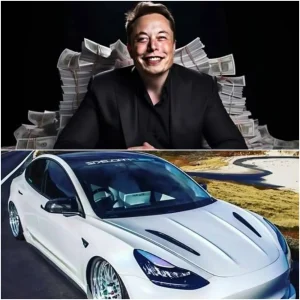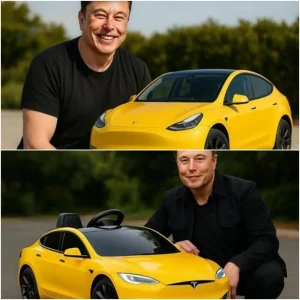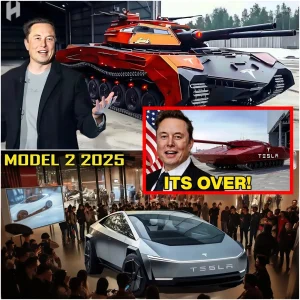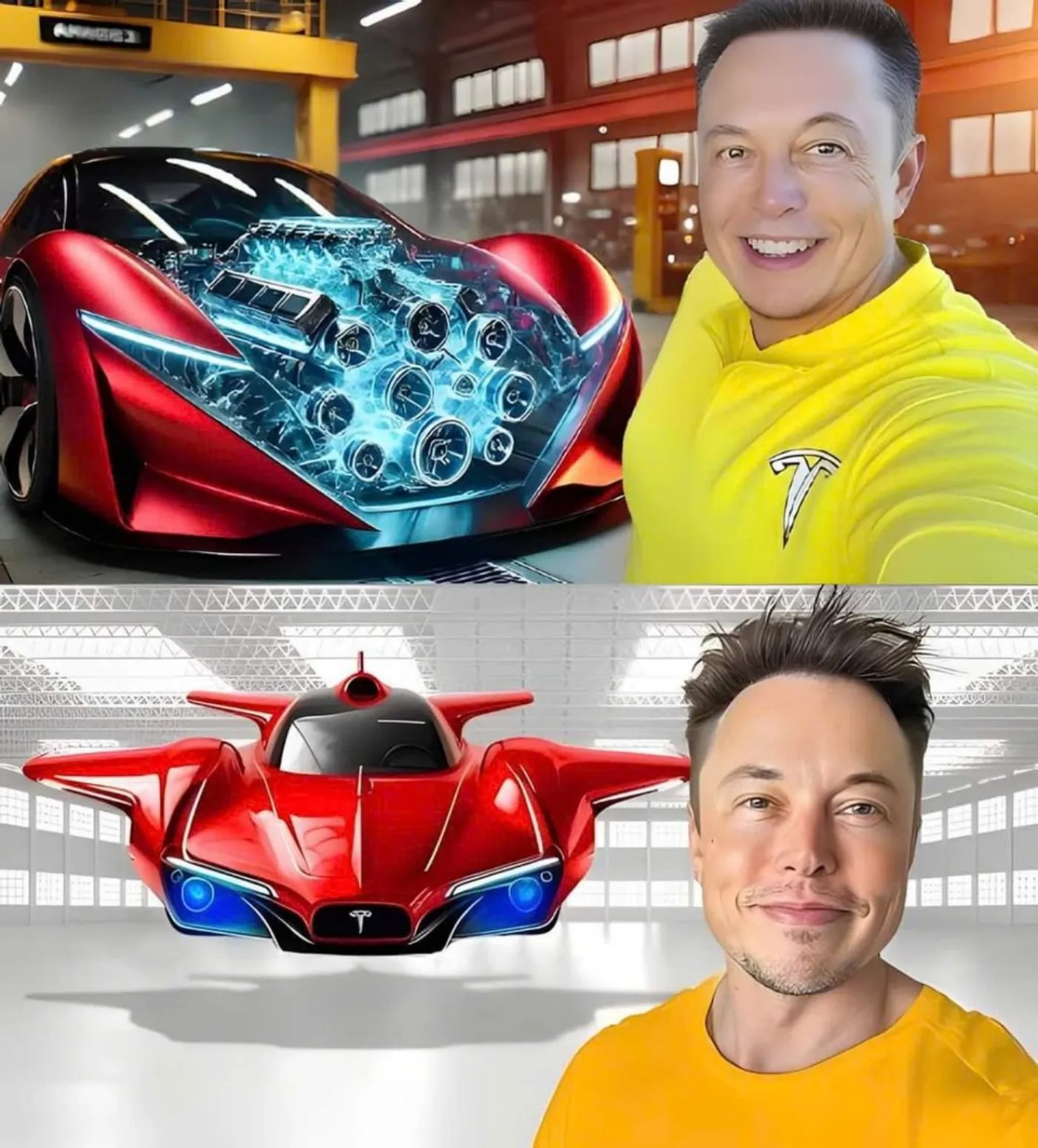
Elon Musk has officially unveiled Tesla’s latest innovation, the Tesla Flying Car, marking a historic breakthrough in transportation. The announcement, made at Tesla’s headquarters, has sparked excitement worldwide as the company takes a bold step toward redefining urban mobility.
The Tesla Flying Car is designed to operate using electric propulsion and vertical takeoff and landing (VTOL) technology, eliminating the need for runways. Unlike traditional aircraft, this vehicle is engineered to function seamlessly in urban environments, allowing users to bypass traffic congestion and significantly reduce travel time.
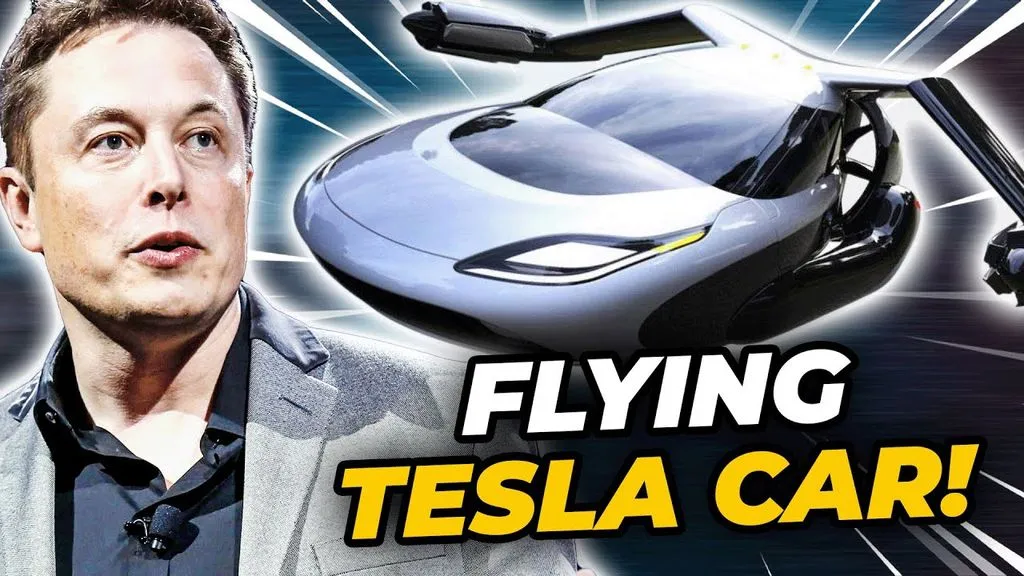
According to Musk, the vehicle will feature autonomous navigation, integrating Tesla’s advanced AI and autopilot systems. This innovation aims to make flying cars accessible to the general public while ensuring safety through automated flight controls and collision-avoidance technology. Tesla’s battery technology and lightweight materials will also play a crucial role in maximizing energy efficiency and range.
The vehicle’s propulsion system relies on multiple high-powered electric rotors, ensuring stability, low noise levels, and zero emissions. Tesla has also emphasized its commitment to environmental sustainability, claiming that the flying car will operate on the company’s next-generation battery packs, further reducing the carbon footprint of personal transportation.
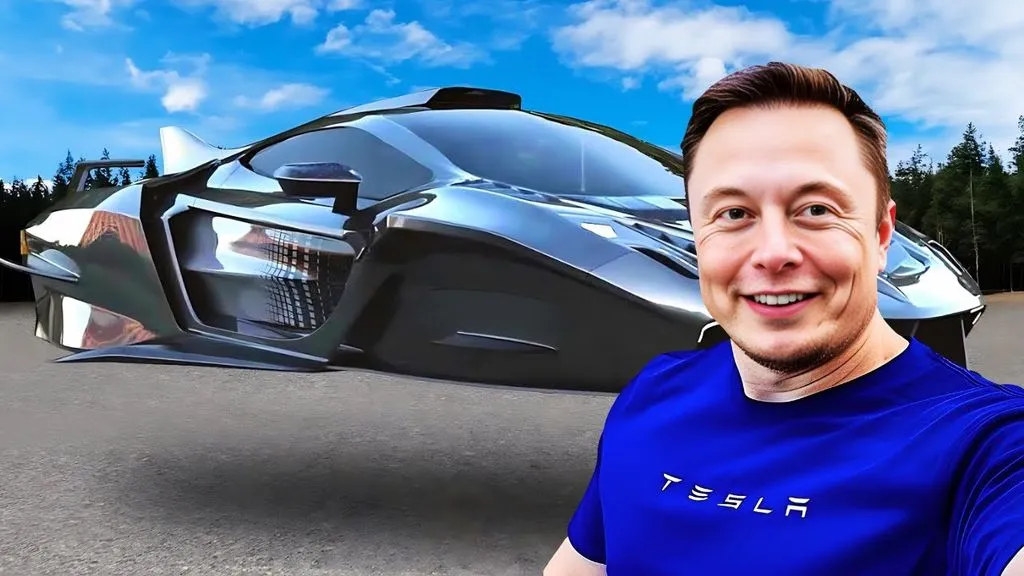
During the presentation, Musk hinted at a possible commercial release within the next few years, though regulatory approvals remain a major challenge. Governments worldwide have yet to establish clear guidelines for personal flying vehicles, and Tesla is expected to work closely with aviation authorities to ensure compliance with safety and air traffic regulations.
Industry experts view this development as a potential game-changer, with implications for urban planning, transportation networks, and even emergency response services. If successful, Tesla’s flying car could pave the way for a new era of personal aerial mobility, making sky commuting a reality rather than a fantasy.
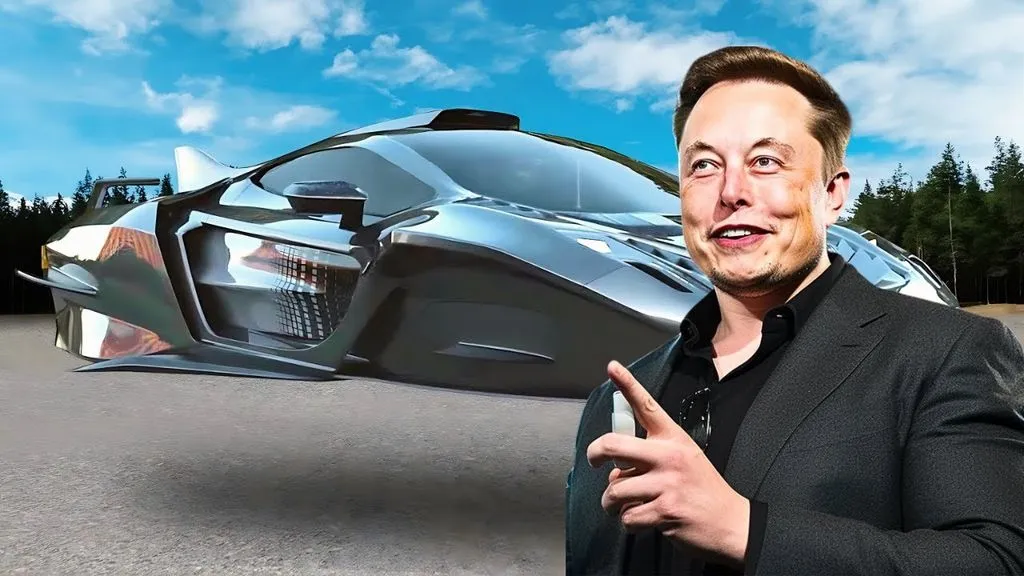
While Musk has not disclosed specific pricing details, he assured that Tesla aims to make the technology as affordable as possible. The company’s approach follows its traditional model of introducing premium versions first, with mass-market variants expected later.
As anticipation builds, Tesla enthusiasts and investors alike are closely watching the company’s next steps. If regulatory hurdles can be overcome and production scales effectively, the Tesla Flying Car could revolutionize the way people move, much like Tesla’s electric vehicles have done over the past decade.
